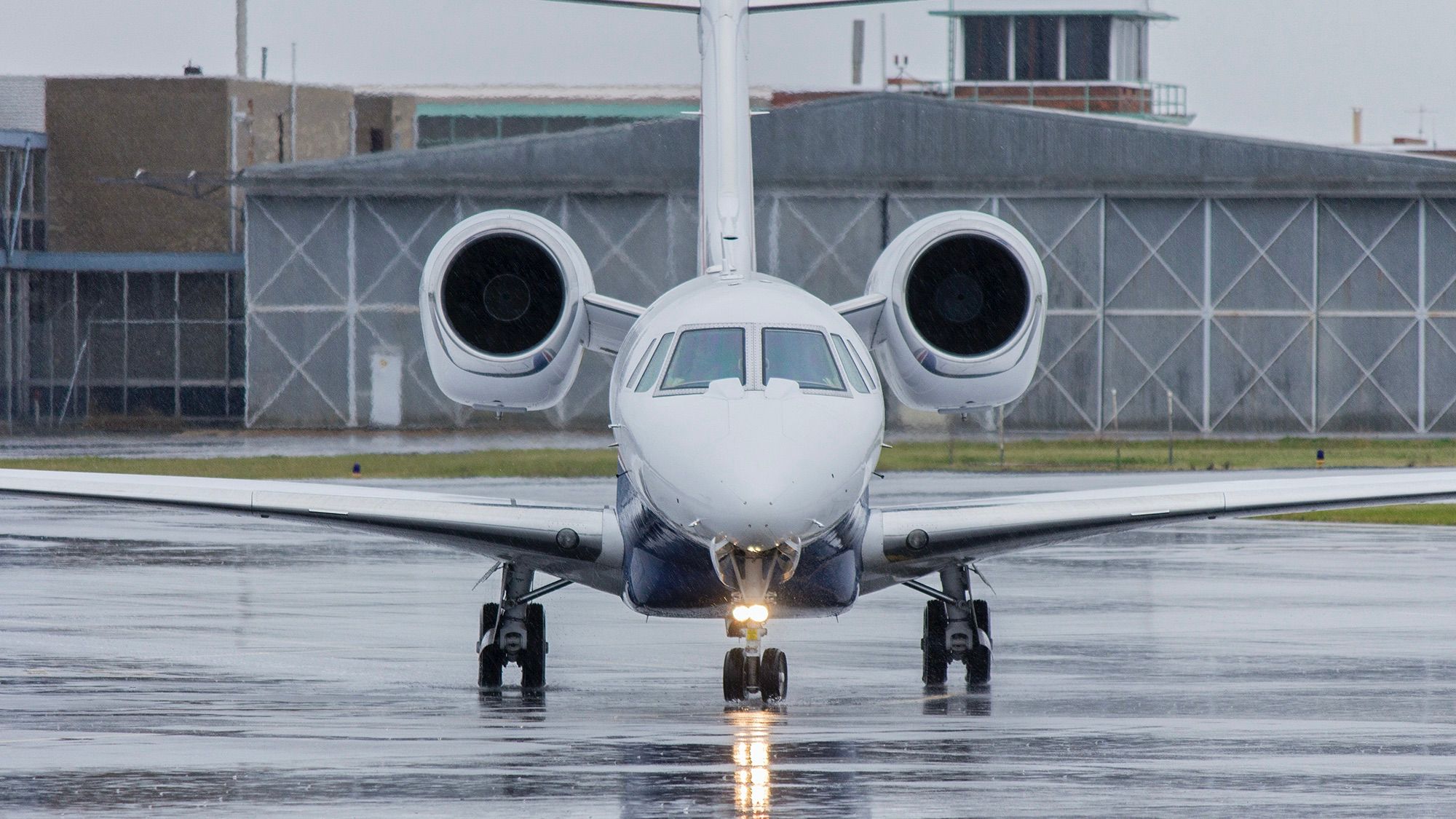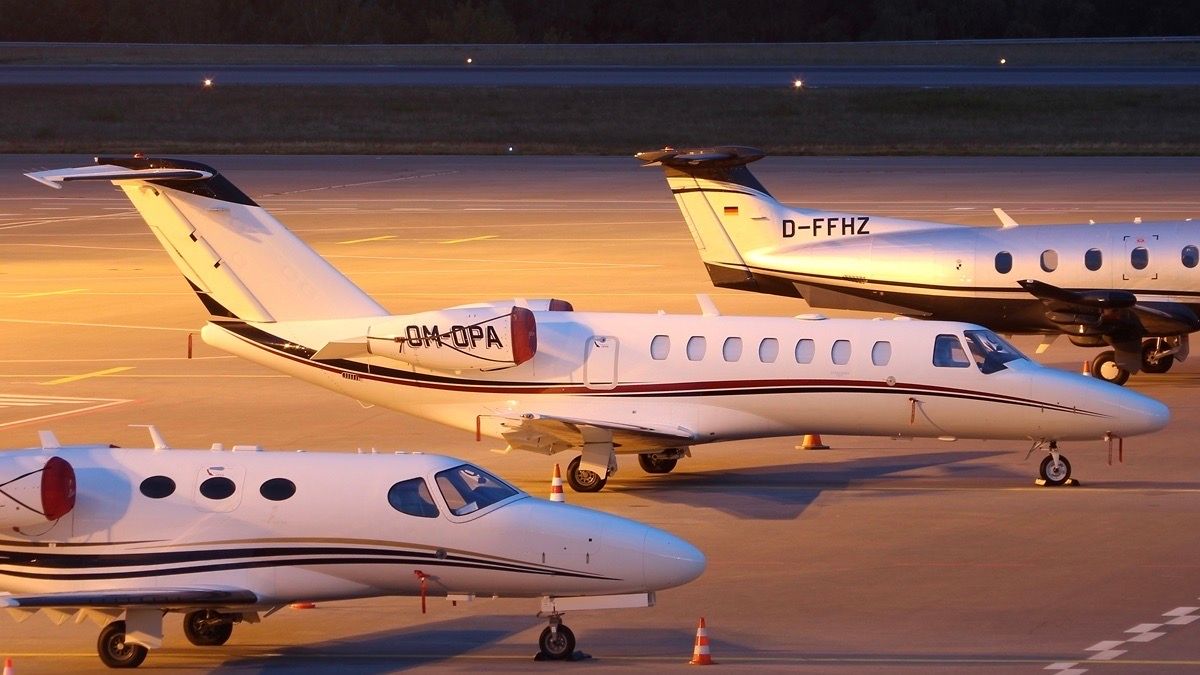Summary
- Key to designing the Citation Columbus, Cessna researched customer needs and listened to their feedback when creating the new aircraft.
- The Citation Columbus looked like a promising project. The Columbus was set for FAA certification and deliveries were planned for the following year.
- Special features – The Columbus was designed with Pratt and Whitney PW810 engines, had a 4,000 nm range and advanced cockpit features.
The Cessna Citation Columbus (or model 850) was a business jet project that Cessna launched in February 2008. It sounded like a very promising and revolutionary business jet of its time and would have been Cessna’s largest business jet and would compete with popular mid-size business jets of the time. Unfortunately, the company decided to cancel the project in July 2009. So, why did Cessna cancel the Citation Columbus?
Listened to customer feedback
In 2002, Cessna started to research in order to create the largest Cessna Citation aircraft. They used studies and surveys, testing and focus groups as well as speaking directly with their customers, to see what they were looking for in a business jet. On October 17, 2006, a large cabin display was unveiled at the National Business Aviation Association (NBAA) convention. The Columbus was comparable to the Bombardier Challenger 605, Falcon2000EX and the Gulfstream GIV.
Plans ahead
Cessna announced that aircraft formally on February 6, 2008. Certification by the Federal Aviation Administration (FAA) was planned for the end of 2013 with deliveries due to roll out the following year. Cessna was planning to invest $780 million in the Columbus project and was working with suppliers such as Pratt and Whitney Canada, Rockwell Collins, Voight Aircraft Industries, Spirit AeroSystems, Parker Hannifin and the Goodrich Corporation.
Suppliers:
- Engines: Pratt and Whitney Canada
- Avionics Suite: Rockwell Collins
- Wing: Voight Aircraft Industries
- Fuselage and empannage: Spirit AeroSystems and Spirit AeroSystems Europe Ltd
- Flight control system: Parker Hannifin
- Landing gear: Goodrich Corporation
Special features of the Columbus
The aircraft was powered by Pratt and Whitney Canada PW810 turbofan engines which produced 8,830 pounds of thrust. It had a range of 4,000 nautical miles or 7,400 kilometers and was expected to cost $27 million. It had room for two crew and 8 passengers. The cockpit featured a Synthetic Vision System (SVS), autothrottles, an additional Head-Up Display (HUD), Collins MultiScan weather radar and optional wind shear protection.
Specifications of the Citation Columbus
General characteristics
- Capacity: 10 passengers
- Length: 77 ft (23 m)
- Wingspan: 80 ft (24 m)
- Height: 27 ft 7 in (8.41 m)
- Wing area: 709.3 sq ft (65.90 m2)
- Powerplant: 2 × Pratt and Whitney PW810 turbofans, 8,830 lbf (39.3 kN) thrust each
Performance
- Maximum speed: Mach 0.85
- Cruise speed: 488 kn (562 mph, 904 km/h) Mach 0.85
- Range: 4,000 nmi (4,600 mi, 7,400 km) Mach 0.8, 8 passengers
- Service ceiling: 45,000 ft (14,000 m)
- Time to altitude: 27 min to 41,000 ft (12,000 m)
Designed by demand
The new business jet was designed to meet customer demand and when the Columbus project was formally launched, Cessna had already received around 70 Letters Of Intent (LOI) from potential customers. Although similar in appearance to the Citation X, the interior was designed to appear larger and be more spacious, just as their customers had asked for. Cessna wanted to stand out from the competition and create something a bit different.
Cessna used new design techniques and made the cabin more spacious and streamlined. There was a good-sized galley and enclosed lavatory, a divan, especially designed seating for comfort and more storage space. The cabin was two feet longer than similar-sized business jets of the time. The entry area was more spacious and windows were made larger and placed ergonomically.
Trouble ahead?
What seemed to be the ideal business jet based on customer feedback and Cessna’s innovation and with customer demand, surely nothing could go wrong. However, the global financial crisis had hit hard. Textron Aviation (Cessna’s parent company) had just published its financial results and things were not looking positive. They had lost revenue and noted a reduction in demand for business jets, as a whole.
Suspension of the program
Finally, on April 29, 2009, Cessna decided to suspend the Columbus program. They did however, say, that if economic conditions improved, that they may be able to restart the program. Cessna had to lay off 1,600 staff including 700 that were working on the Columbus project. Cessna said at the time, that they’d analyzed the project further and that Textron Aviation would write off $43 million as a result of the cancelation.
They had already spent $50 million on the project and could not recoup costs or use items for other projects. The company also said that they would give $10 million back to local governments who had given them incentives to build the new aircraft locally.
What had seemed to be the perfect business jet fueled by customer demand, had fallen foul of the economic situation of the time. The groundbreaking jet had much potential and Cessna had spent years developing their largest business jet. But the cost of its development, new facilities and production against the looming financial crisis were a risk that Cessna could not take. Not one Citation Columbus aircraft was produced and the project never saw daylight again.




